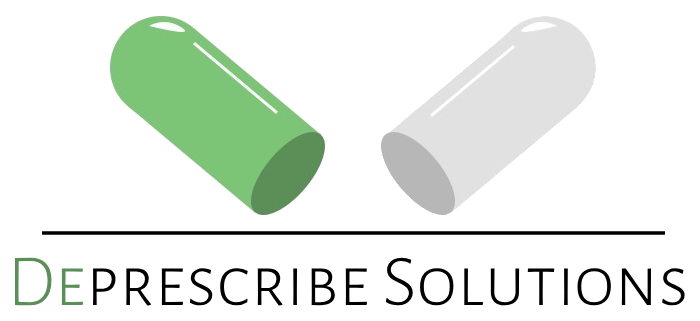When dealing with chronic conditions like hypertension, metabolic syndrome, depression or anxiety, most people experience health care as follows:
They visit their GP or a walk-in clinic. Their diagnosis is confirmed. A treatment protocol is then established (prescription medication, exercise and eating a balanced diet, etc) and follow-up in 3-6 months.
In my experience as a community pharmacist, I typically see a common pattern emerge. Medication is prescribed and continued for years, sometimes without any adjustment. Of course, this can be a good thing. This indicates the condition being treated has stabilized and treatment is effective. Once a stable dose has been achieved and the goals of therapy met, managing the condition can become automatic.
However, I can’t help but question if this is the best approach. In thinking about this, I thought of two terms I’d like to discuss further: dynamic care and static care
Dynamic Care vs. Static Care
Dynamic care can be defined as care that is continuously improving the status of the condition being treated. This approach to care is proactive. It seeks to achieve incremental improvements, frequent adjustments and optimization of treatment using multiple strategies (pharmacological and non-pharmacological interventions). It’s critical in the early stages of a new diagnosis to maintain a dynamic approach, so we can attempt to reverse the progression of the condition (for example: preventing early-stage metabolic syndrome from progressing to type 2 diabetes).
Static care can be defined as care that is consistent and aimed at stabilizing the condition being treated. This approach to care is efficient and reactive. Once a condition is stabilized with medication, adjustments to treatment need to be made only if the condition progresses. This can be advantageous, especially in acute, urgent care settings featuring multiple comorbidities (for example: treating an individual with type 2 diabetes, who has suffered a heart attack).
With a dynamic care approach to chronic disease, we should aim to empower our patients and guide them along a treatment path that seeks to eliminate disease burden and facilitates optimal health outcomes. Dynamic care is preventative care – stop the progression of chronic disease as early as possible and aim to reverse it.
With a static care approach to chronic disease, our system is more efficient. We see patients for their annual check-ups, prescription medications are refilled, and we rinse and repeat. However, static care can eventually lead to sick care – we wait until the disease progresses and worsens over time before acting to improve it.
The System Is Collapsing
Three years after the pandemic, we find ourselves in a healthcare crisis. It is my opinion that we need to empower our patients and healthcare workers to participate in more dynamic care models, especially at the onset of chronic disease.
If we can capture patients in their early stages, and work to reduce the burden of their illness and potentially alleviate and reverse their conditions, it may be a small drop in the bucket, but nonetheless could relieve some of the stress on our current system. This way, primary care practitioners can focus more time and effort on managing more complex patient cases and supporting our elderly patient populations.
Our health is inherently dynamic. It is never static and always changing. For chronic disease management, it’s time we begin shifting the focus from static care to dynamic care. Preventative medicine must be part of our game plan to combat our current healthcare crisis.
If you’re struggling with your health or medications and find value in my posts, I’d love to connect with you. Click the “Work with Shawn” tab at the top of the page. Let me know if there’s anyway I can help!
Infinite gratitude and peace to you. SG

